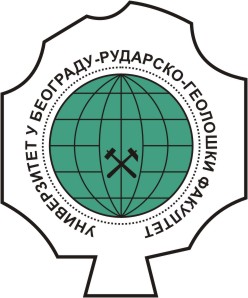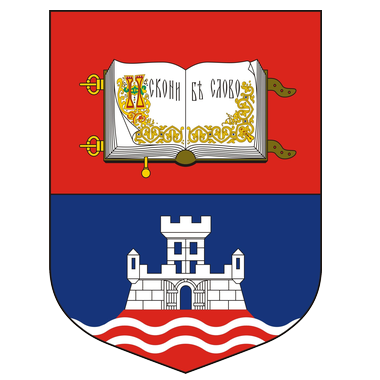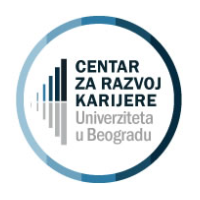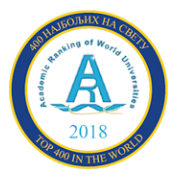Study program:
Mining Engineering (III semester -PhD) |
|
Name of subject: Spatial Visualization of Mining Facilities |
Instructors:
Prof. Aleksandar Milutinović |
|
Status: Optional |
|
ECTS: 10 |
|
Prerequisites: No condition |
Course Objectives:
Developing the ability to recognize, adopt and understand spatial and temporal components, and to familiarize with the basic settings of spatial visualization of mining objects. |
Learning Outcomes:
Ability to use software tools in order to create spatial models of objects in mining, as well as possessing knowledge for monitoring the situation in space using spatial model. |
Content:
Theory teaching
Introduction. Definitions of space and time. Similarities and differences of space and time. Objects and phenomena in space. Coordinate systems. Geometric entities. Dot, lines, polyline, polygon, body. Topological data. Objects and phenomena in space. Data from absolute and relative measurements. Data processing. Preparation of data for spatial visualization. Spatial visualization. Computer technology and technology. Creating a spatial model. Axonometric projections, views. Virtual painting, animation. Graphic operations. Object transformation, determination, length, cross-section, slope, surface, volume. Spatial data analysis. Spacious inquiries. Overlap, cross-section, neighborhood, affiliation. Spatial visualization of surface mines. Creating a spatial model. Enrichment with thematic content. Determination of the position of objects and phenomena. Spatial visualization of underground rooms. Creating a spatial model. Enrichment with thematic content. Determination of the position of objects and phenomena. Analysis and interpretation of the spatial model. Surface mine. Underground facilities. Record and update. Changes in the spatial model. Entering changes, recording changes in the state of the space, updating, archiving. The purpose of spatially visualized objects. Application in surface exploitation. Application in underground exploitation. |
Suggested Reading List:
- Maguire, D.J.; Goodchild, M. F.; Rhind, D. W.,1991: Geographical information systems,
Principles and applications. Longman Scientific and Techical, New York.
- Kraak, M.-J., Ormeling, F.J.,2001: Cartography, the Visualisation of Geospatial Data, London, Addison Wesley Longman.
- Worboys, M. (2003): GIS – a Computing Perspective
- Cressie, N.: Statistics for Spatial Data, J. Wiley & Sons, New York 1991.
http://www.ncgia.ucsb.edu
- Stephen M Ervin , 2002.: Designing with Maps: Integrating GIS and CAD
|
Conduct of the Course:
Lectures. Mentoring with a candidate. Independent work of the candidate. Preparation of seminar paper. |
Fund hours:
| Lectures |
Exercises |
Other forms of teaching |
Study research |
| 4 |
0 |
0 |
0 |
|
Assessment:
| Final Exam |
ECTS |
| Written exam | 60 |
| Classwork Assessment |
ECTS |
| Class Participationа | 10 | | Seminars | 30 |
|
|
Additional Assessment Criteria: - |
|
|






